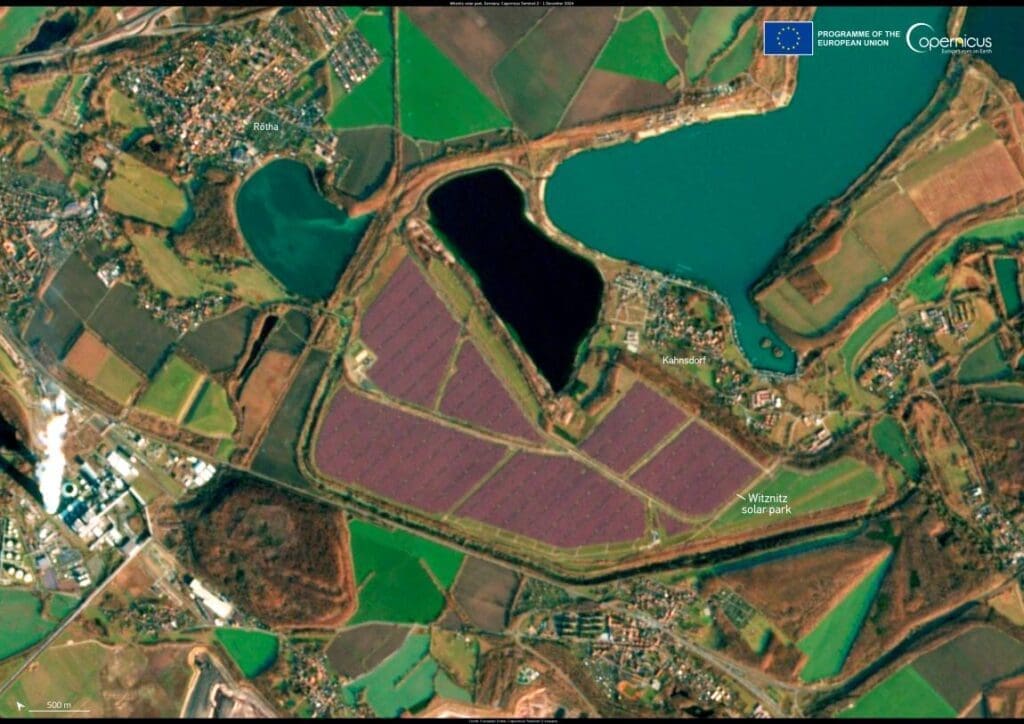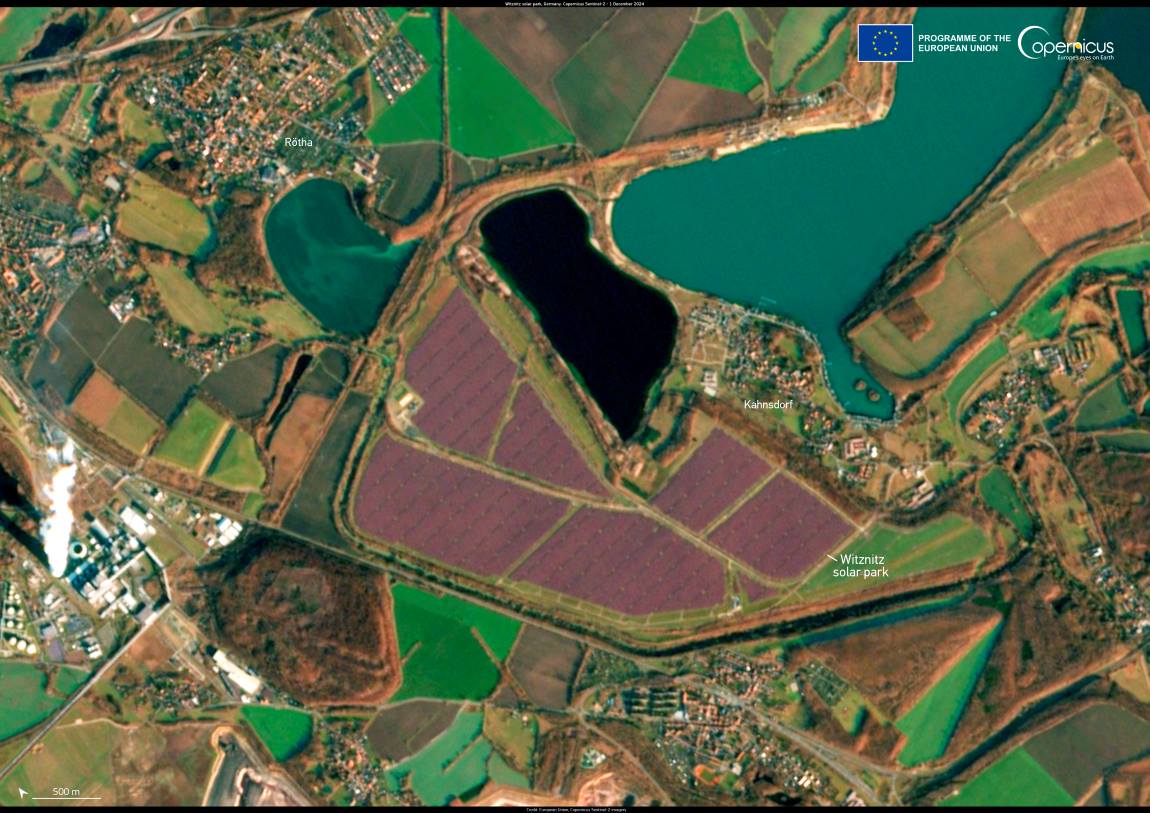The Witznitz Solar Park, located near Leipzig in eastern Germany, stands as a monumental achievement in Europe’s renewable energy sector. Spanning approximately 500 hectares on the site of a former lignite mine, this photovoltaic plant is set to become the largest of its kind on the continent.
The facility, which includes over 1.1 million solar modules, is anticipated to generate more than 650 MW of electricity once it reaches full operational capacity.
Not only does the park contribute to renewable energy production, but it also emphasizes a commitment to sustainability and environmental restoration. 160 hectares of the site have been dedicated to environmental protection, social projects, and tourism. These efforts aim to ensure that the park’s development benefits the surrounding community and the broader ecological environment.
When fully operational, Witznitz Solar Park is expected to power around 200,000 homes while reducing approximately 250,000 tonnes of CO2 emissions annually. This significant reduction in carbon emissions marks a crucial step in combating climate change and transitioning to cleaner energy sources.

The image captured by the Copernicus Sentinel-2 satellite on December 1, 2024, highlights the sprawling expanse of solar panels that have transformed the former mining area. This satellite data, provided by the Copernicus Atmosphere Monitoring Service (CAMS), plays a vital role in optimizing the planning and implementation of solar installations across Europe, providing invaluable information on solar radiation.
Witznitz Solar Park is a testament to the ongoing efforts toward a greener, more sustainable energy future, showcasing how former industrial sites can be repurposed for clean energy production and environmental recovery.
Featured image credit: European Union, Copernicus Sentinel-2 imagery




